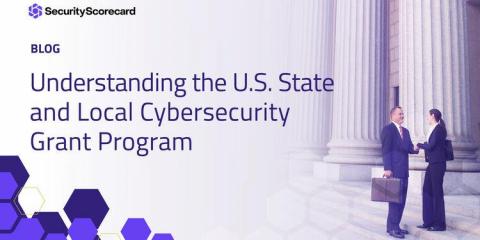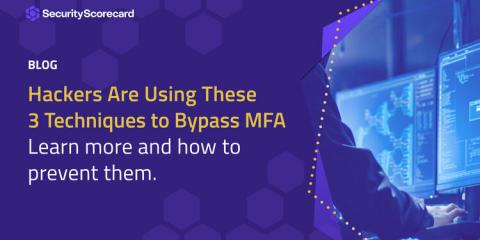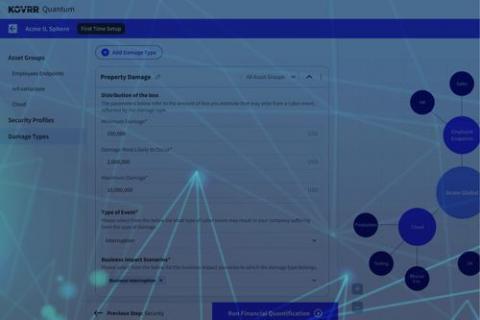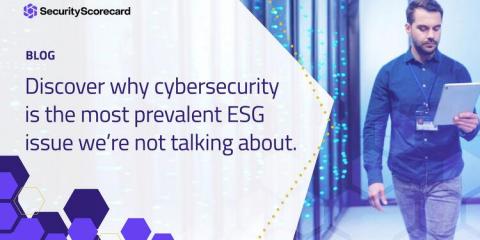Security | Threat Detection | Cyberattacks | DevSecOps | Compliance
Risk Management
Understanding the U.S. State and Local Cybersecurity Grant Program
With over 90 thousand different state and local governments across the U.S., creating a unified approach to cybersecurity and defending all of these counties, cities, territories, states, and commonwealths is not only in each of their interests, but the national interest as well.
2022 End of Year Roundup
In recent times it has become clear to organizations that the handling of data is a very important matter, as the exposure or misuse of data are both a serious threat to an organization's financial standing and reputation, and must be accounted for in each organization's risk posture. In terms of high-profile data breaches, this year has been no different than previous years, seeing its fair share of ransomware attacks and data exposure.
Hackers Are Using These 3 Techniques to Bypass MFA
There’s no denying that multi-factor authentication (MFA) is an essential security measure that significantly improves an organization’s cyber posture. However, there is no silver bullet in cybersecurity. Though multi-factor authentication proves extremely helpful, determined and resourceful cybercriminals can still find techniques to bypass it. Let’s look at some frequently-used methods cyber-attackers leverage to bypass MFA.
Crossword's Arc delivers real-time leaked credentials checking for Sticky Password customers
Managing Risks with SASE, SSE, and Zero Trust
In the first part of this blog series, I took a look at how an understanding of digital strategy and digital risk is key to starting a security transformation journey. In this post, I am digging further into how a secure access service edge (SASE) architecture with security service edge (SSE) capabilities and zero trust principles can help mitigate the types of digital risk I outlined in part one.
New Feature: Custom Damage Types
Custom Damage Types provide users with the ability to add specific types of damages that will be taken into consideration as part of the modeling process when quantifying financial exposure. This means, organizations now have a unified view of costs that consider company specific data alongside out of the box modeled costs. Users will need to provide a range of possible costs and create a scenario that triggers assigned costs.
Cybersecurity Is the Most Prevalent ESG Issue We're Not Talking About
While the focus on Environmental, Social, and Governance (ESG) issues has gained traction in recent years, both within boardrooms and investment spaces, the focus on carbon credits and workforce diversity has diverted the existential crisis that companies face from cybersecurity. Just as carbon is the byproduct of the third industrial revolution, cybersecurity is the byproduct of the fourth industrial revolution that we continue to live through.
How to Extend Your Digital Transformation Efforts to Your GRC Program
Digital transformation is no longer a new concept – various business functions have already embraced cutting-edge technology to stay ahead of the curve. From IT, sales, and marketing to customer support and even finance, it is evident that most departments understand how integral the transformation is to gain a competitive advantage and continue to win customers. However, when it comes to Governance, Risk management, and Compliance (GRC), most are still stuck with archaic, ad-hoc processes.











